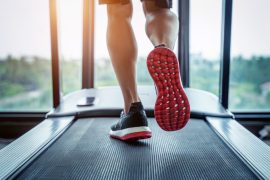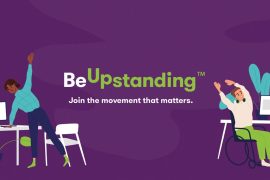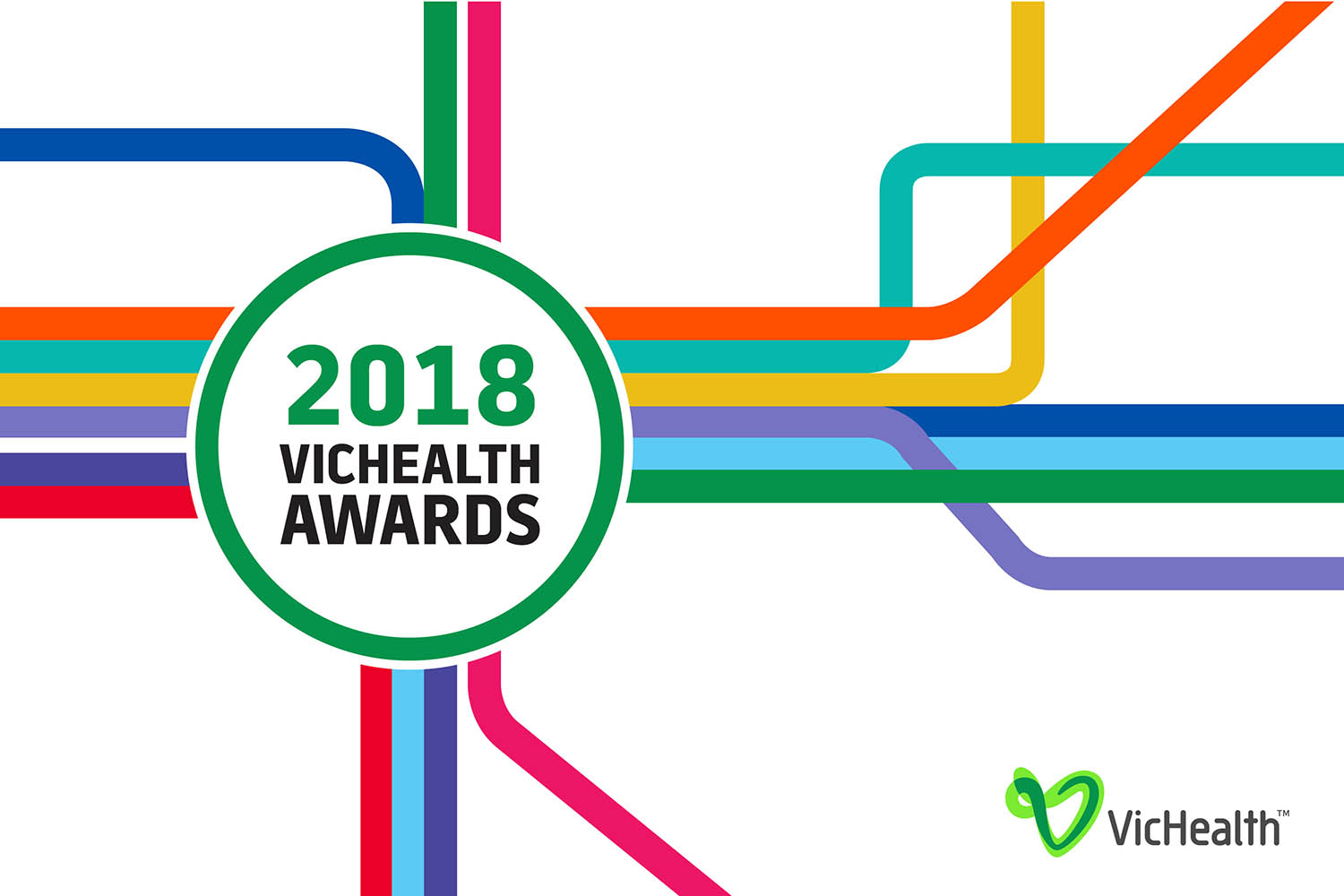Have you heard? The U.S. Department of Health and Human services (USDHHS) recently released the updated guidelines on physical activity. As first reported by the USDHHS, here are the “Top 10 Things to Know About the Second Edition of the Physical Activity Guidelines for Americans” (psst make sure you check out #6).
- The second edition of the Physical Activity Guidelines for Americans provides evidence-based recommendations for adults and youth ages 3 through 17 to safely get the physical activity they need to stay healthy. There are new key guidelines for children ages 3 through 5 and updated guidelines for youth ages 6 through 17, adults, older adults, women during pregnancy and the postpartum period, adults with chronic health conditions, and adults with disabilities.
- The new key guidelines for children ages 3 through 5 state that preschool-aged children should be active throughout the day to enhance growth and development. Adults caring for children this age should encourage active play (light, moderate, or vigorous intensity) and aim for at least 3 hours per day.
- The recommended amount of physical activity for youth ages 6 through 17 is the same. Each day, youth ages 6 through 17 need at least 60 minutes of moderate-to-vigorous activity to attain the most health benefits from physical activity. Most activity can be aerobic, like walking, running, or anything that makes their hearts beat faster. They also need activities that make their muscles and bones strong, like climbing on playground equipment, playing basketball, and jumping rope.
- The recommended amount of physical activity for adults is the same. To attain the most health benefits from physical activity, adults need at least 150 to 300 minutes of moderate-intensity aerobic activity, like brisk walking or fast dancing, each week. Adults also need muscle-strengthening activity, like lifting weights or doing push-ups, at least 2 days each week.
- We now know about more health benefits from physical activity — and how Americans can more easily achieve them. The second edition of the Physical Activity Guidelines for Americans is based on the latest scientific evidence that shows that physical activity has many health benefits independent of other healthy behaviors, like good nutrition.
- The first key guideline for adults is to move more and sit less. This recommendation is based on new evidence that shows a strong relationship between increased sedentary behavior and increased risk of heart disease, high blood pressure, and all-cause mortality. All physical activity, especially moderate-to-vigorous activity, can help offset these risks.
- We now know that any amount of physical activity has some health benefits. Americans can benefit from small amounts of moderate-to-vigorous physical activity throughout the day. The first edition of the Physical Activity Guidelines for Americans stated that only 10-minute bouts of physical activity counted toward meeting the guidelines. The second edition removes this requirement to encourage Americans to move more frequently throughout the day as they work toward meeting the guidelines.
- New evidence shows that physical activity has immediate health benefits. For example, physical activity can reduce anxiety and blood pressure and improve quality of sleep and insulin sensitivity.
- We now know that meeting the recommendations in the Physical Activity Guidelines for Americans consistently over time can lead to even more long-term health benefits. (New benefits appear in bold with *.)
- For youth, physical activity can help improve cognition,* bone health, fitness, and heart health. It can also reduce the risk of depression.
- For adults, physical activity helps prevent 8 types of cancer (bladder,* breast, colon, endometrium,* esophagus,* kidney,* stomach,* and lung*); reduces the risk of dementia* (including Alzheimer’s disease*), all-cause mortality, heart disease, stroke, high blood pressure, type 2 diabetes, and depression; and improves bone health, physical function, and quality of life.
- For older adults, physical activity also lowers the risk of falls and injuries from falls.*
- For pregnant women, physical activity reduces the risk of postpartum depression.*
- For all groups, physical activity reduces the risk of excessive weight gain* and helps people maintain a healthy weight.
- New evidence shows that physical activity can help manage more health conditions that Americans already have. For example, physical activity can decrease pain for those with osteoarthritis, reduce disease progression for hypertension and type 2 diabetes, reduce symptoms of anxiety and depression, and improve cognition for those with dementia, multiple sclerosis, ADHD, and Parkinson’s disease.
Head over to the USDHHS website to checkout the full guidelines!










Comments are closed.